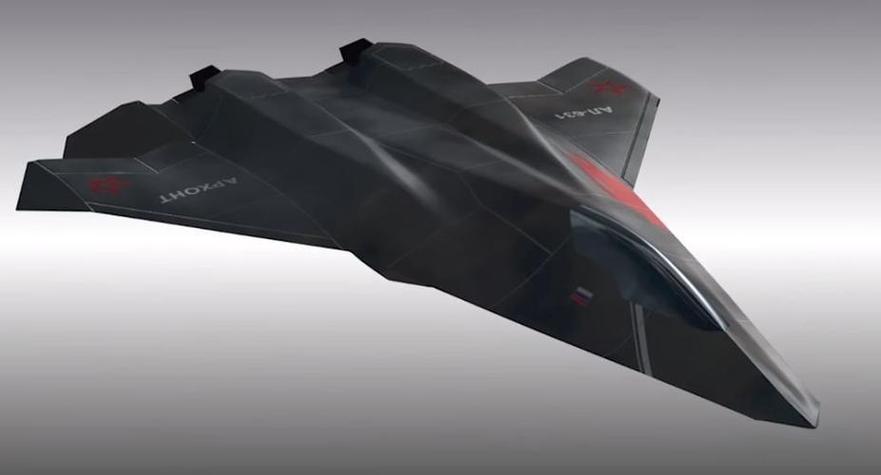Recent advancements in China’s military technology have sent shockwaves through the global defense community, signaling a significant shift in the balance of power. Over the past two decades, China has made unprecedented strides in developing cutting-edge military systems, leaving the United States struggling to keep pace.
A New Era of Military Innovation
China’s recent unveiling of a comprehensive suite of advanced military equipment has captured global attention. From Chengdu’s and Shenyang’s sixth-generation fighter jets to the Xi’an KJ-3000 airborne early warning and control aircraft, the Mingdi wide-domain vehicle, and Shen Diao-9 (SD-9) unmanned early warning and control aircraft (UCA), unmanned aerial vehicles (UAVs) equipped with pulse detonation engines (PDEs), China’s technological prowess is on full display.
This follows last year’s revelations at the Zhuhai Airshow, which showcased the J-35 stealth fighter, the CH-7 stealth UAV, robotic dogs, wolves, and tigers, as well as laser and microwave anti-UAV systems. The recent launch of the Type 076 electromagnetic catapult amphibious assault ship and the successful testing of the KJ-600 on the Fujian aircraft carrier further underscore China’s dominance across land, sea, and air.
American Stagnation in Focus
The rapid progress of China’s military technology has drawn sharp criticism from American observers, who point to the U.S.’s relative stagnation over the past 20 years. “The J-8, China’s most advanced domestically produced jet 25 years ago, has evolved into a formidable sixth-generation fighter today,” noted one commentator. “Meanwhile, the U.S. has struggled to maintain its edge, with the F-22 now facing obsolescence against China’s latest advancements.”
Since 1998, China’s Chengdu Aerospace Corporation alone has test-flown four new manned fighter jets, three of which are already in service (J-10, JF-17, J-20, and the sixth-generation fighter). In contrast, the entire U.S. defense industry has produced only two new models, with just one in active service.
Technological Superiority Across Domains
China’s advancements are not limited to a single domain. In the air force, the KJ-3000 airborne early warning and control system is reportedly two generations ahead of its U.S. counterparts. The J-20S, the world’s first operational 5.5-generation fighter, outperforms the F-22 in range, radar capabilities, avionics, speed, and maneuverability.
China’s air-to-air missiles, powered by dual-pulse propulsion technology, boast significantly greater range than U.S. systems. Coupled with superior radar capabilities, China holds a decisive first-strike advantage. Rumors of the H-20 stealth bomber’s flight tests further highlight China’s growing airpower.
On the ground, China is leading the global charge in unmanned and intelligent military systems. The development of robotic wolves, dogs, and drones points to a future where China’s ground forces will leverage advanced AI and swarm technology to dominate battlefields.
At sea, China has surpassed the U.S. in electromagnetic catapult technology, already deploying it on the Type 076 amphibious assault ship. In contrast, the U.S. has faced repeated delays in operationalizing its electromagnetic catapult system on the Ford-class aircraft carrier, with some even suggesting a return to outdated steam catapults.
Hypersonic Dominance and Strategic Implications
China’s independent development of world-class wind tunnels, capable of testing vehicles at speeds up to 24 times the speed of sound, has given it a 20-year lead in hypersonic missile and vehicle technology. U.S. Deputy Secretary of Defense Kathleen Hicks recently acknowledged in congressional hearings that the U.S. lacks effective countermeasures against China’s hypersonic missile capabilities.
A Global Power Shift
The J-36 represents the realization of China’s next-generation air combat theory. Systems like the KJ-3000, WZ-9 UAV, and hypersonic drones are forming a cohesive ecosystem that surpasses Western technology by an entire generation.
While the U.S. retains an edge in certain areas, such as nuclear submarines, the overall trend is clear: China has closed the gap and, in many areas, surpassed the U.S. in military technology. This shift marks a pivotal moment in global defense dynamics, with far-reaching implications for international security and strategic stability.
Conclusion
China’s rapid military modernization underscores its emergence as a global defense leader. As the U.S. grapples with technological stagnation, the world is witnessing a historic transformation in the balance of military power. For policymakers and defense experts, the challenge now lies in adapting to this new reality.
